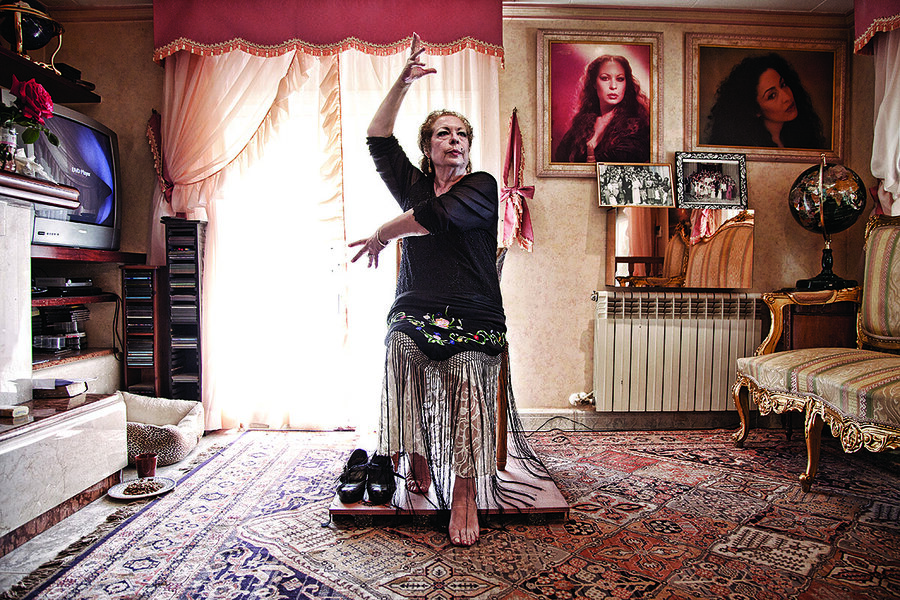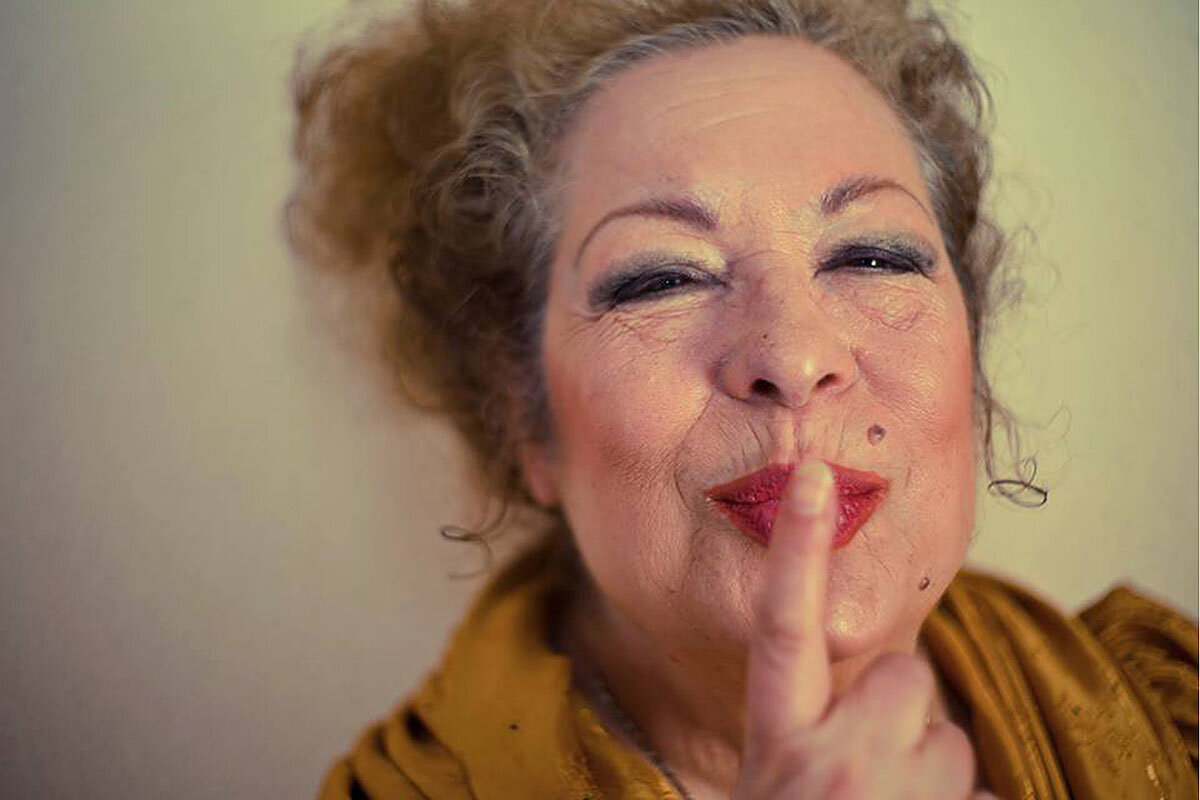Decades after her last dance, documentary gives flamenco star an encore
Loading...
| Barcelona, Spain
At the height of her career, Antonia Santiago Amador, or La Chana – a self-taught prodigy from an impoverished gitana (Gypsy) family – was the most acclaimed flamenco dancer of her day. She headlined every show in Spain; graced stages from London to Paris to Buenos Aires; and stole the heart of Peter Sellers, who promised to take her to Hollywood after featuring her in his 1967 film “The Bobo.”
“God wanted me to dance,” she says with the fervor of a Southern Baptist preacher and the confidence of an artist under no illusion of her talent.
But then, at just 33 years old, she disappeared from the spotlight. Her husband-cum-manager, jealous of her success and the attention that came with it, she says, forced her into early retirement before leaving her destitute.
It would take another four decades – and the painstaking efforts of a young filmmaker bent on bringing La Chana’s story to the big screen – for the once-fabled dancer to return to her beloved stage. As Lucija Stojevic’s film, “La Chana,” sweeps through Europe racking up awards, La Chana is getting a bittersweet taste of restored acclaim.
Amid an awards season all too conscious of female artists’ marginalization and abuse within the entertainment industry, La Chana’s story – both the movie’s making and its titular heroine’s – is an example of how women can find success in a male-dominated industry when it would otherwise silence them.
Reinventing herself
“[Dance] is something she has naturally inside her that people tried to shut out. And how many women are being shut out all over the world, constantly?” Ms. Stojevic asks, hunched over a tea in a Barcelona cafe on a cold and gray winter afternoon. She would know: When the film’s production began in 2012, the financial crisis was in full swing, and potential sponsors kept assuring Stojevic that the film’s unusual subject – a 71-year-old female dancer – would never garner any interest.
“I had things said, like, ‘Why would I want to watch a film about a fat old woman?’ ” she recalls. “It’s a male-dominated industry for sure. Even documentary, where there are lot more women, it’s mostly men in the decision-making positions.”
But she persisted, ultimately launching her own independent production company, Noon Films, and eventually landing a few life-saving donations from female supporters of the arts. Completed in 2016, “La Chana,” landed a nomination for best documentary at Europe’s equivalent of the Oscars, the European Film Awards, this past December. Its American debut is set for this spring.
The documentary is both an ode to La Chana’s unparalleled talent and how, in the twilight of her years, she’s reinventing herself to reclaim the stage decades after an abusive relationship put an end to her career.
“God is granting me a final five minutes for all the years that were taken away from me,” La Chana says.
Her memories from that lost era are intact. Tucked in a tiger-striped velour robe in her mountainside home outside Barcelona, La Chana remembers when, four decades ago, Salvador Dalí used to come watch her dance, his pet leopards in tow. “Madre mía, I was terrified of them,” she recalls, waving her second cigarette of the hour before her. “I never wanted him to come, but he always did.”
The film only ever alludes to the physical and emotional abuse La Chana suffered at her ex-husband’s hands. Stojevic grappled with a paradox all too familiar to women telling stories in the #MeToo age. At a time when the onus is on sharing narratives of mistreatment, she wondered how to tell a story of abuse without turning her subject into a victim.
“I had a lot of doubts about how to deal with the question of abuse,” she concedes. “And the film is not about that. It’s a turning point in the film, but it’s not about abuse. She’s not a victim.”
'A final five minutes'
The film cuts back and forth between interviews with La Chana today – typically chair-bound, due to her bad knees – and footage of her performances back in her heyday. Her dancing is arresting: Her heels pound against the ground in rapid-fire succession, the force of which make her lips tremble and teeth clatter as if she were whispering a prayer or spell; strands of her then full mane web across her forehead and temple, stuck there by sweat.
“Dancing has been the only place where I’ve had total freedom,” La Chana says.
If the film doesn’t focus on the details of La Chana’s former husband’s abuse, the way it presents the passage of time is the evidence of her robbed youth and all the years she could have been dancing.
Though proud of the film’s success, Stojevic is conscious of the limitations that come with an independent production. “At the end of the day, a film has to be seen,” she says. “You have to engage with the industry, because they’re the ones who are still monopolizing audiences.”






